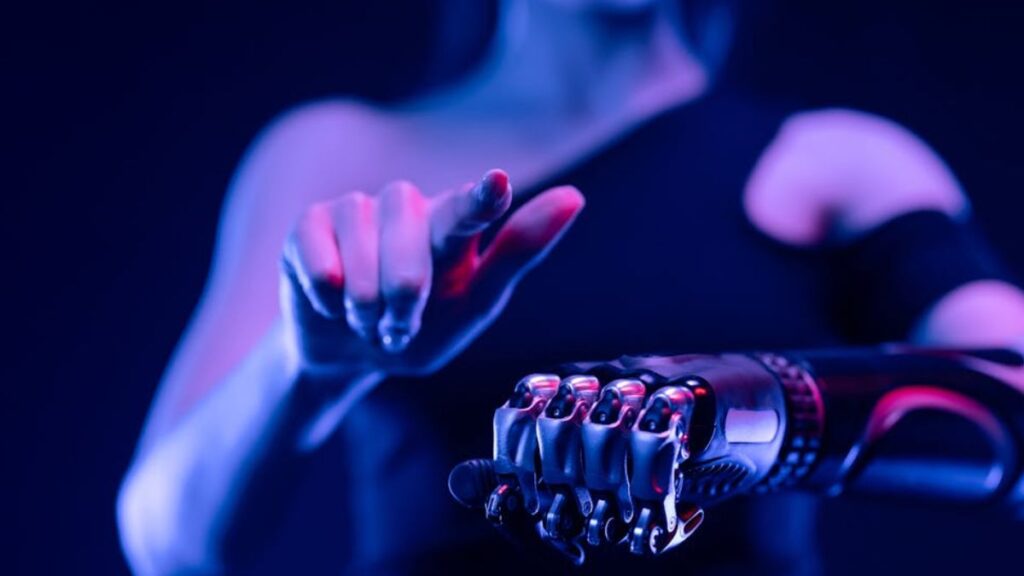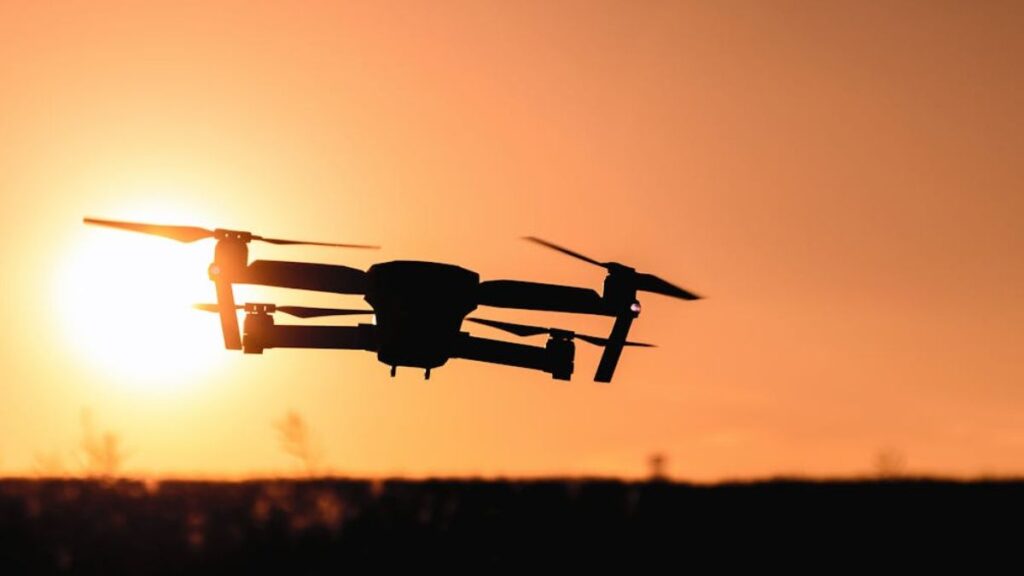Are you curious about the rapid changes in technology but worried about what the rise of machines means for your career and daily life? Many people feel overwhelmed by the speed of innovation, specifically regarding automation, and struggle to understand the true potential beyond science fiction. You want a clear, friendly roadmap to grasp how intelligent systems, from complex robotics to ubiquitous drones, are fundamentally reshaping industries. This is not just a trend; it’s the defining force of the next decade. By reading this comprehensive guide, you will learn about the core components of modern automation, its most impactful applications, and discover the essential apps to help you leverage these changes for personal and professional growth.
The Future of Automation
Automation is the act of utilizing technology to perform tasks with minimal human assistance. This principle has evolved from simple mechanical processes to highly complex, intelligent systems driven by Artificial Intelligence (AI) and Machine Learning (ML). Today, the automation landscape is defined by two physical manifestations: advanced robotics and sophisticated drones. This widespread deployment is dramatically boosting efficiency, safety, and productivity across virtually every sector globally.
Robotics: The Evolution of Intelligent Machines
Modern robotics are vastly different from the clunky machines of the past. They are now intelligent, adaptable, and collaborative. They operate not only in structured factory environments (Industrial Automation) but also in public spaces, healthcare, and logistics (Service Automation).
Collaborative Robots (Cobots) and Industrial Evolution
The introduction of Collaborative Robots (Cobots) marks a significant step. These machines work safely alongside humans, taking on repetitive or ergonomically challenging tasks. This symbiotic relationship enhances productivity without completely replacing the human workforce.
- Manufacturing: Robots handle high-precision assembly and heavy lifting, ensuring consistent quality and reducing workplace injuries.
- Warehousing: Autonomous Mobile Robots (AMRs) navigate complex floor plans to sort and transport goods, speeding up fulfillment.
- Inspection: Robots perform routine equipment checks in dangerous environments, protecting human workers.
The next wave of automation involves robots that learn on the job, adapting to changing requirements through integrated AI. This continuous improvement cycle is key to long-term efficiency.
App Recommendation: To understand the basic principles of coding and automation, try Swift Playgrounds (for learning coding concepts) or ScratchJr. While not directly controlling physical robots, these tools build the logical foundation required for interacting with automated systems.
Drones: The Sky-High Automation Frontier
Drones, or Unmanned Aerial Vehicles (UAVs), are highly versatile tools representing another major pillar of physical automation. Initially used for military purposes, drones are now transforming civilian applications due to advances in battery life, sensor technology, and AI navigation.
Practical Applications of Drone Automation
Drones offer a unique blend of mobility and sensory input, allowing for cost-effective data collection and rapid task execution in areas traditionally difficult or dangerous for humans.
- Agriculture (AgriTech): Drones monitor crop health (via specialized sensors), apply pesticides precisely, and map field conditions, leading to optimized yields and reduced waste.
- Infrastructure Inspection: They examine bridges, wind turbines, and power lines for damage, removing the need for dangerous manual climbing or scaffolding.
- Delivery and Logistics: Rapid, localized parcel delivery is being piloted globally, promising faster service and reduced road traffic.
The automation provided by drones allows companies to scale surveillance and inspection tasks efficiently and safely.
The Engine of Automation: AI and Machine Learning
The capabilities of modern automation—be it a robot on an assembly line or a drone mapping a forest—rely heavily on Intelligent Process Automation (IPA), which combines Robotic Process Automation (RPA) with AI and ML.
Hyper-Automation and Data-Driven Decisions
Hyper-automation is the trend toward automating everything that can be automated. It involves integrating multiple technologies to create end-to-end automated business processes.
- Decision Making: ML algorithms analyze real-time data from sensors and systems to make autonomous operational decisions without human intervention.
- Predictive Maintenance: AI monitors equipment performance and predicts failures before they happen, scheduling maintenance proactively.
- Process Mining: Software discovers and documents business processes to identify new opportunities for automation.
Software Automation: The Silent Revolution
While robotics and drones are visible forms of automation, software is arguably the most widespread and impactful trend affecting office work and digital services. This includes everything from automated email responses to complex data processing scripts.
Streamlining Digital Workflows
Software automation saves billions of hours annually by managing repetitive, rule-based digital tasks. This frees human capital for creative and strategic work.
- RPA (Robotic Process Automation): Digital “bots” mimic human interaction with computer systems to handle structured data tasks like form filling or data migration.
- Customer Service: AI-powered chatbots handle first-level support, routing complex queries to human agents only when necessary.
- Cybersecurity: Automated systems monitor network traffic and respond instantly to threats, providing 24/7 protection.
Embracing these tools is essential for remaining competitive in the digital economy.
App Recommendation: For personal productivity experience, try IFTTT (If This Then That) or Zapier (integrates web apps). These platforms allow users to create their own simple automations, providing a powerful introduction to the concept.
Ethical and Societal Impact of Automation
As automation becomes more pervasive, it generates critical discussions about ethics, job displacement, and the future of work. We must approach this technology with awareness and careful planning.
Preparing for the Automated Workforce
The shift is not simply job elimination; it’s job transformation. New roles will emerge focused on managing, maintaining, and developing automated systems.
- Focus on Soft Skills: Skills like critical thinking, creativity, and emotional intelligence become more valuable as machines handle routine tasks.
- Reskilling Initiatives: Governments and companies must invest in training programs to prepare the workforce for new automation roles.
- Ethical Frameworks: Developing clear guidelines for how automated systems make decisions and handle sensitive data.
The human role in automation will shift from doing to designing and supervising.
Navigating the Automated Future
The future is bright, transformative, and inevitable. Robotics and drones are powerful symbols of this shift, but the true revolution is in the intelligent software that powers them. By understanding the principles of AI, automation, and process optimization, you position yourself to benefit from this technology rather than being marginalized by it. Stay proactive, invest in new skills, and embrace the tools that will define your next chapter.



